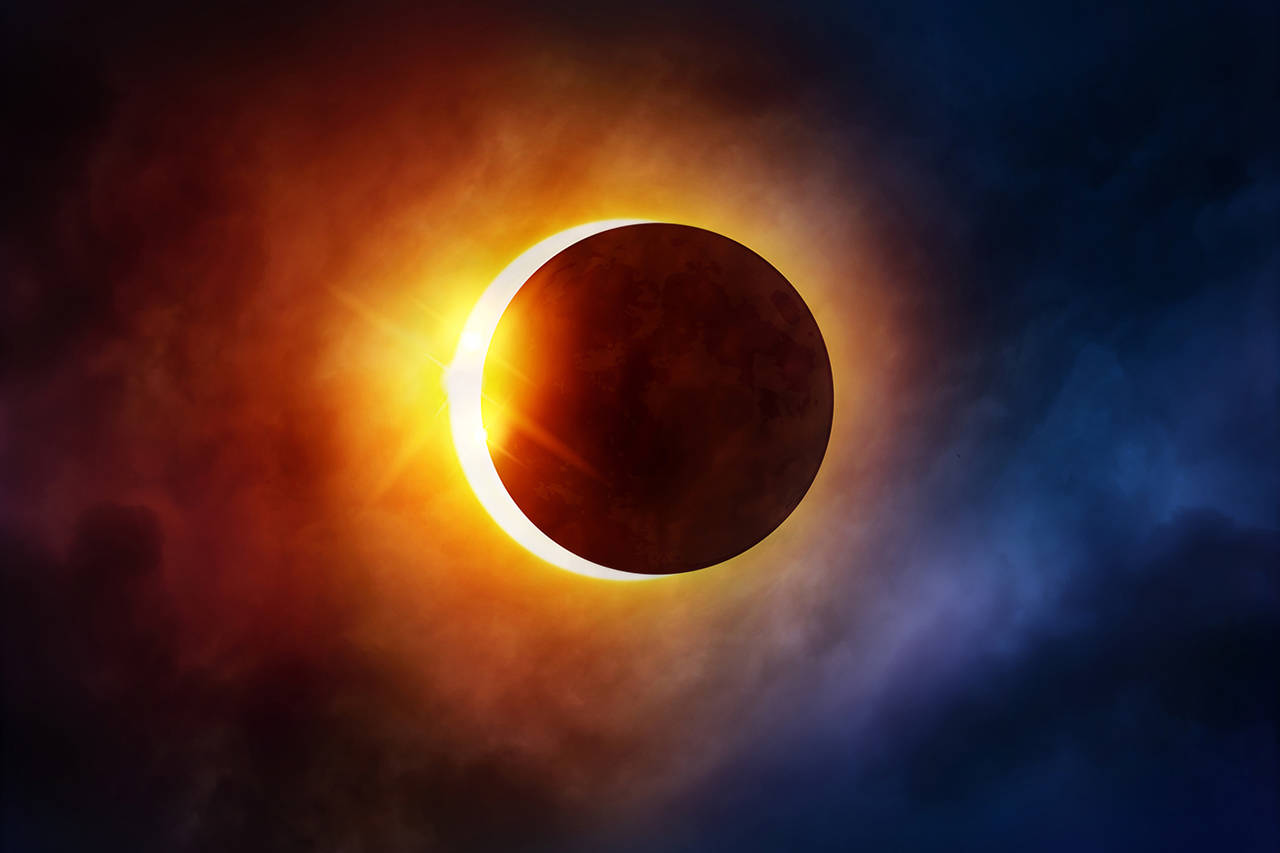By Brooke Eberle
Chicago Tribune
LA GRANGE, Ill.
However, she did say looking at the eclipse without protection could lead to solar retinopathy, which is damage to the retina.
“Basically what happens when you look at the sun during a solar eclipse is it burns the retina, which is that sensitive film across that back of your eyeball that takes in light and turns it into pictures that your brain can interpret,” Hohner said.
Dr. Spero Kinnas of Westchester Eye Surgeons also said people need to know the proper safety methods for viewing it because the damage is usually permanent.
“It’s very dangerous because people underestimate the amount of solar radiation that can focus on their retina,” he said.
“Just a couple of degrees of heating up the retina is enough to damage some of those cells. So you can actually have permanent damage to the cells that help you see,” Hohner said.
Symptoms of solar retinopathy include loss of visual acuity, blind spots, changes in color vision, or distortion when looking at straight lines or grids.
It takes 30 to 60 seconds of staring at an eclipse to cause retinal damage. It is painless, and people often don’t realize they have it until they notice problems with their vision, Hohner said.
Those viewing the solar eclipse are advised not use sunglasses because they are not protective enough, or binoculars because they magnify the heat.
Kinnas suggests using the pinhole box method over the eclipse glasses, because he thinks the latter may not be safe.
“They do not guarantee solar retinopathy protection,” he said. “I have instructed my children not to look at it directly.”
Hohner noted it is difficult to test effectiveness of various methods.
“It is a gray area. It’s one of those areas where it’s hard to perform an ethical study where you know that there’s no chance of harm,” she said.
To guarantee safety, Hohner recommended other methods of viewing the eclipse that do not require one to look directly at it.
“If was looking at the solar eclipse, I would use one of the pinhole methods like either looking through a pinhole viewer or projecting it through a telescope,” she said.
She also warned that children and teens are the most likely to get solar retinopathy because their eyes haven’t completely matured.
“If you think about it, kids are more likely to pull of their glasses and stare at the sun anyways,” she said.
The American Optometrist Association also recommends eclipse glasses that meet the international standard ISO 12312-2.
“You’re going to make sure your glasses are in good shape. If you see any scratches on them, if it seems like the coating is separating or peeling, or if in any way the seem damaged, do not use them,” Hohner said.
“I think that everyone should get out and see it. As a doctor, any chance that we have to get people, especially young people, interested in science, I am all about that,” she said.


